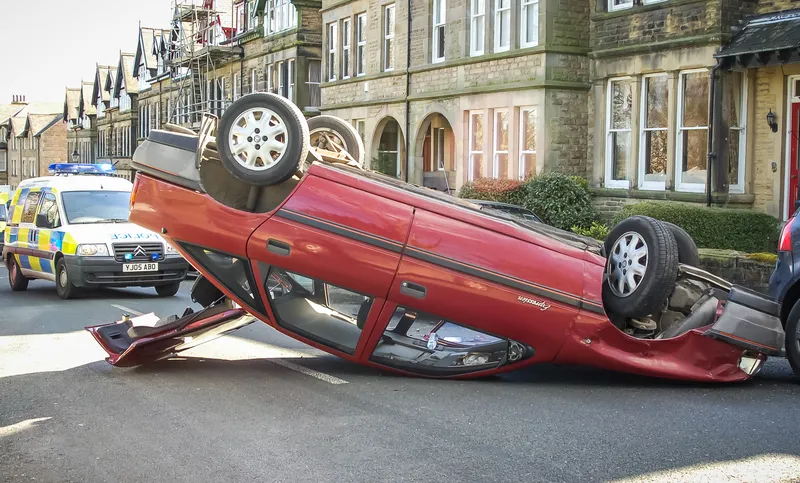UK police forces are a step closer to having equipment to test motorists suspected of drug driving, Home Office Minister James Brokenshire announced today. The Home Office has produced the specification for a new police station-based drug screening device. The document sets out what the device will do and the standards it must meet.
May 16, 2012
Read time: 2 mins
RSSUK police forces are a step closer to having equipment to test motorists suspected of drug driving, Home Office Minister James Brokenshire announced today. The Home Office has produced the specification for a new police station-based drug screening device. The document sets out what the device will do and the standards it must meet.
Currently, evidence to support a prosecution for drug driving can only come from a blood specimen. However, an officer can only require a suspect to give a blood specimen if a medical practitioner has been called out and states that the person may be under the influence of drugs. A positive test on an approved drug screener means a blood specimen can be taken straight away without a medical practitioner’s involvement.
Manufacturers will now have until the end of January to indicate whether they are interested in building a screening device that meets the Home Office specification. If the specifications are met, a device could then be approved by the Home Secretary for use by police. The approval process ensures testing equipment is effective and meets the operational needs of police. It also makes sure the results are not susceptible to legal challenge, leading to convictions being overturned.
The potential device will test for a range of drugs including cannabinoids, cocaine, amphetamines, methylamphetamine, methadone and opiates.
Alongside this, the UK government says it will continue working with manufacturers to investigate the feasibility of introducing portable drug screening devices which could be used to test drivers for drugs at the roadside.
Currently, evidence to support a prosecution for drug driving can only come from a blood specimen. However, an officer can only require a suspect to give a blood specimen if a medical practitioner has been called out and states that the person may be under the influence of drugs. A positive test on an approved drug screener means a blood specimen can be taken straight away without a medical practitioner’s involvement.
Manufacturers will now have until the end of January to indicate whether they are interested in building a screening device that meets the Home Office specification. If the specifications are met, a device could then be approved by the Home Secretary for use by police. The approval process ensures testing equipment is effective and meets the operational needs of police. It also makes sure the results are not susceptible to legal challenge, leading to convictions being overturned.
The potential device will test for a range of drugs including cannabinoids, cocaine, amphetamines, methylamphetamine, methadone and opiates.
Alongside this, the UK government says it will continue working with manufacturers to investigate the feasibility of introducing portable drug screening devices which could be used to test drivers for drugs at the roadside.










